- Home
- slideshows
- miscellaneous
- Here's how much money 25 types of scientists really make
Here's how much money 25 types of scientists really make
Miscellaneous mathematical science occupations make an average of $57,190 a year

Animal scientists make an average of $58,380 a year

Total number of employees in the US: 2,530
What they do, according to O*NET: Conduct research in the genetics, nutrition, reproduction, growth, and development of domestic farm animals; study effects of management practices, processing methods, feed, or environmental conditions on quality and quantity of animal products, such as eggs and milk.
Conservation scientists make an average of $61,310 a year
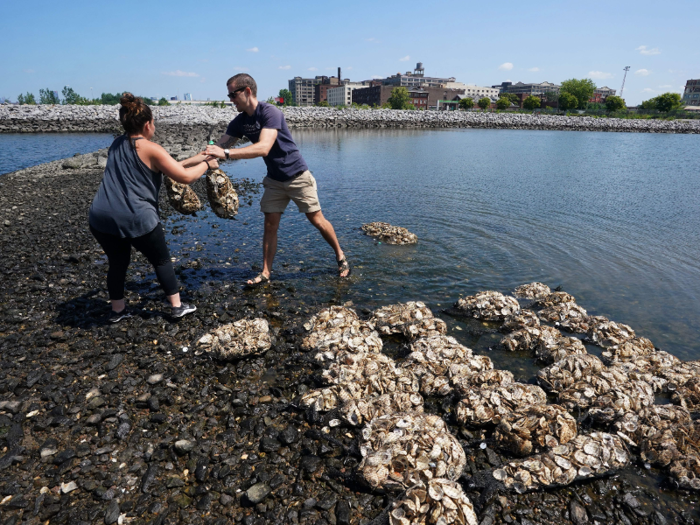
Total number of employees in the US: 22,200
What they do, according to O*NET: Manage, improve, and protect natural resources to maximize their use without damaging the environment. May conduct soil surveys and develop plans to eliminate soil erosion or to protect rangelands. May instruct farmers, agricultural production managers, or ranchers in best ways to use crop rotation, contour plowing, or terracing to conserve soil and water; in the number and kind of livestock and forage plants best suited to particular ranges; and in range and farm improvements, such as fencing and reservoirs for stock watering.
Zoologists and wildlife biologists make an average of $63,420 a year

Total number of employees in the US: 17,860
What they do, according to O*NET: Study the origins, behavior, diseases, genetics, and life processes of animals and wildlife. May specialize in wildlife research and management. May collect and analyze biological data to determine the environmental effects of present and potential use of land and water habitats.
Soil and plant scientists make an average of $63,950 a year

Total number of employees in the US: 15,010
What they do, according to O*NET: Conduct research in breeding, physiology, production, yield, and management of crops and agricultural plants or trees, shrubs, and nursery stock, their growth in soils, and control of pests; or study the chemical, physical, biological, and mineralogical composition of soils as they relate to plant or crop growth. May classify and map soils and investigate effects of alternative practices on soil and crop productivity.
Food scientists and technologists make an average of $65,300 a year
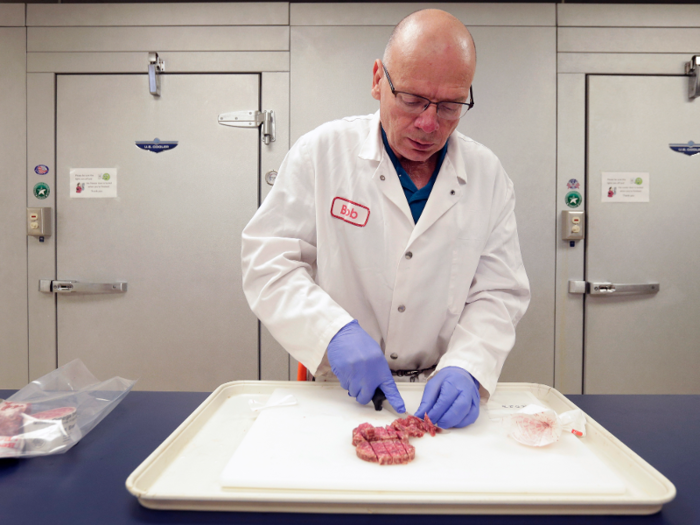
Total number of employees in the US: 13,330
What they do, according to O*NET: Use chemistry, microbiology, engineering, and other sciences to study the principles underlying the processing and deterioration of foods; analyze food content to determine levels of vitamins, fat, sugar, and protein; discover new food sources; research ways to make processed foods safe, palatable, and healthful; and apply food science knowledge to determine best ways to process, package, preserve, store, and distribute food.
Epidemiologists make an average of $69,660 a year

Total number of employees in the US: 7,060
What they do, according to O*NET: Investigate and describe the determinants and distribution of disease, disability, or health outcomes. May develop the means for prevention and control; oversee public health programs, including statistical analysis, health care planning, surveillance systems, and public health improvement.
Environmental scientists and specialists make an average of $71,130 a year

Total number of employees in the US: 80,480
What they do, according to O*NET: Conduct research or perform investigation for the purpose of identifying, abating, or eliminating sources of pollutants or hazards that affect either the environment or the health of the population. Using knowledge of various scientific disciplines, may collect, synthesize, study, report, and recommend action based on data derived from measurements or observations of air, food, soil, water, and other sources.
Microbiologists make an average of $71,650 a year

Total number of employees in the US: 20,030
What they do, according to O*NET: Investigate the growth, structure, development, and other characteristics of microscopic organisms, such as bacteria, algae, or fungi. Includes medical microbiologists who study the relationship between organisms and disease or the effects of antibiotics on microorganisms.
Chemists make an average of $76,890 a year
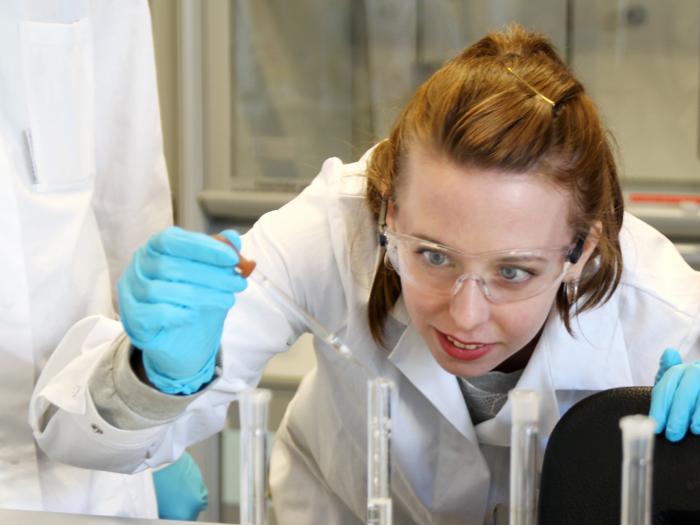
Total number of employees in the US: 84,560
What they do, according to O*NET: Conduct qualitative and quantitative chemical analyses or experiments in laboratories for quality or process control, or to develop new products or knowledge.
Life scientists (all other) make an average of $78,190 a year

Total number of employees in the US: 6,850
What they do, according to O*NET: This job category includes botanists, ecologists, geneticists, neuroscientists, immunologists, and microbiologists.
Hydrologists make an average of $79,370 a year
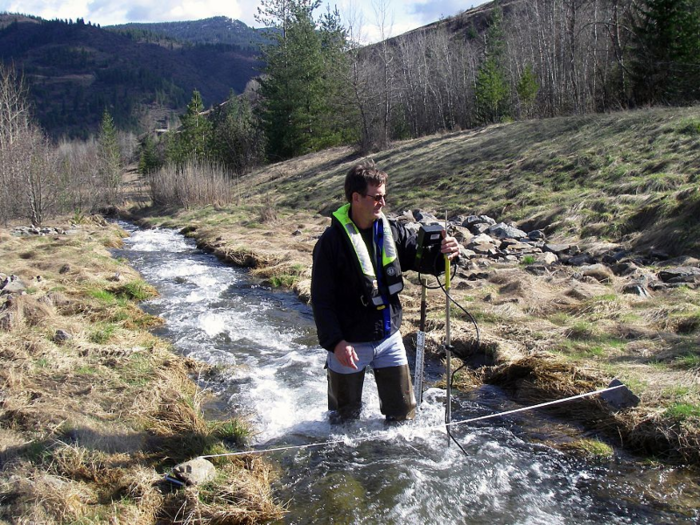
Total number of employees in the US: 6,290
What they do, according to O*NET: Research the distribution, circulation, and physical properties of underground and surface waters; and study the form and intensity of precipitation, its rate of infiltration into the soil, movement through the earth, and its return to the ocean and atmosphere.
Biological scientists (all other) make an average of $79,590 a year

Total number of employees in the US: 42,640
What they do, according to O*NET: This job category includes bioinformatics scientists, molecular and cellular biologists, and geneticists.
Medical scientists (except epidemiologists) make an average of $84,810 a year

Total number of employees in the US: 120,320
What they do, according to O*NET: Conduct research dealing with the understanding of human diseases and the improvement of human health. Engage in clinical investigation, research and development, or other related activities. Includes physicians, dentists, public health specialists, pharmacologists, and medical pathologists who primarily conduct research.
Statisticians make an average of $87,780 a year

Total number of employees in the US: 39,920
What they do, according to O*NET: Develop or apply mathematical or statistical theory and methods to collect, organize, interpret, and summarize numerical data to provide usable information. May specialize in fields such as bio-statistics, agricultural statistics, business statistics, or economic statistics. Includes mathematical and survey statisticians.
Geoscientists (except hydrologists and geographers) make an average of $91,130 a year
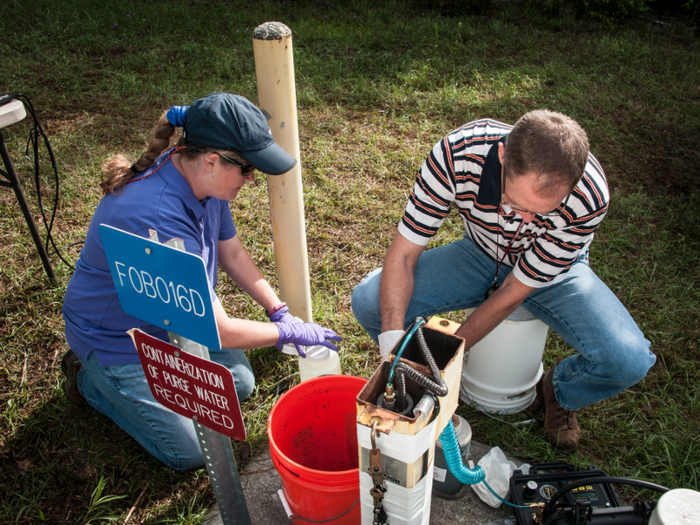
Total number of employees in the US: 29,260
What they do, according to O*NET: Study the composition, structure, and other physical aspects of the Earth. May use geological, physics, and mathematics knowledge in exploration for oil, gas, minerals, or underground water; or in waste disposal, land reclamation, or other environmental problems. May study the Earth's internal composition, atmospheres, oceans, and its magnetic, electrical, and gravitational forces. Includes mineralogists, crystallographers, paleontologists, stratigraphers, geodesists, and seismologists.
Biochemists and biophysicists make an average of $93,280 a year
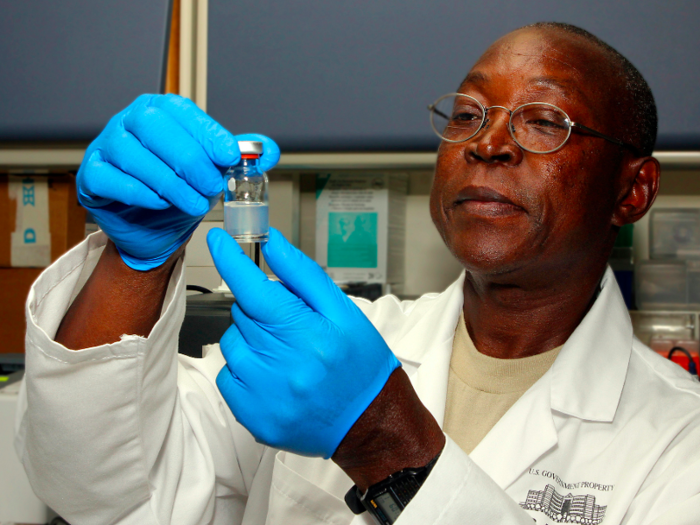
Total number of employees in the US: 28,500
What they do, according to O*NET: Study the chemical composition or physical principles of living cells and organisms, their electrical and mechanical energy, and related phenomena. May conduct research to further the understanding of the complex chemical combinations and reactions involved in metabolism, reproduction, growth, and heredity. May determine the effects of foods, drugs, serums, hormones, and other substances on tissues and vital processes of living organisms.
Atmospheric and space scientists make an average of $94,110 a year
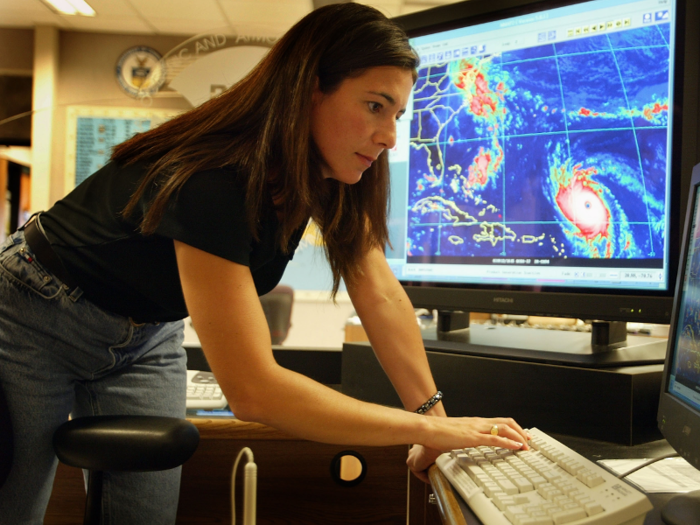
Total number of employees in the US: 9,310
What they do, according to O*NET: Investigate atmospheric phenomena and interpret meteorological data, gathered by surface and air stations, satellites, and radar to prepare reports and forecasts for public and other uses. Includes weather analysts and forecasters whose functions require the detailed knowledge of meteorology.
Materials scientists make an average of $99,800 a year

Total number of employees in the US: 7,730
What they do, according to O*NET: Research and study the structures and chemical properties of various natural and synthetic or composite materials, including metals, alloys, rubber, ceramics, semiconductors, polymers, and glass. Determine ways to strengthen or combine materials or develop new materials with new or specific properties for use in a variety of products and applications. Includes glass scientists, ceramic scientists, metallurgical scientists, and polymer scientists.
Mathematicians make an average of $101,900 a year

Total number of employees in the US: 2,580
What they do, according to O*NET: Conduct research in fundamental mathematics or in application of mathematical techniques to science, management, and other fields. Solve problems in various fields using mathematical methods.
Astronomers make an average of $105,680 a year
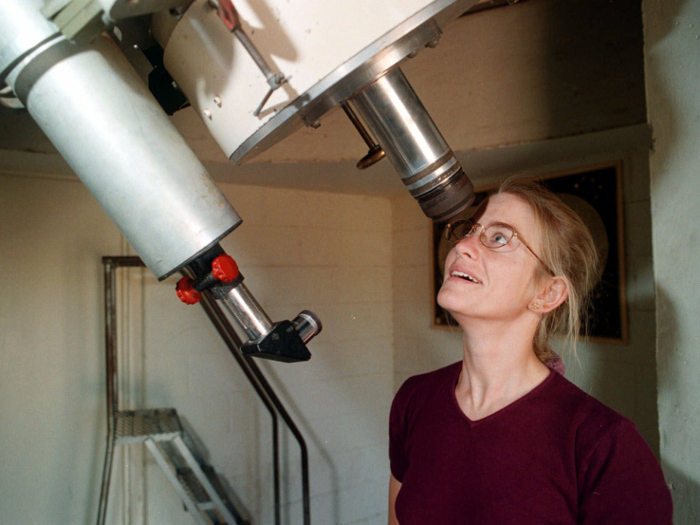
Total number of employees in the US: 2,160
What they do, according to O*NET: Observe, research, and interpret astronomical phenomena to increase basic knowledge or apply such information to practical problems.
Physical scientists (all other) make an average of $107,230 a year
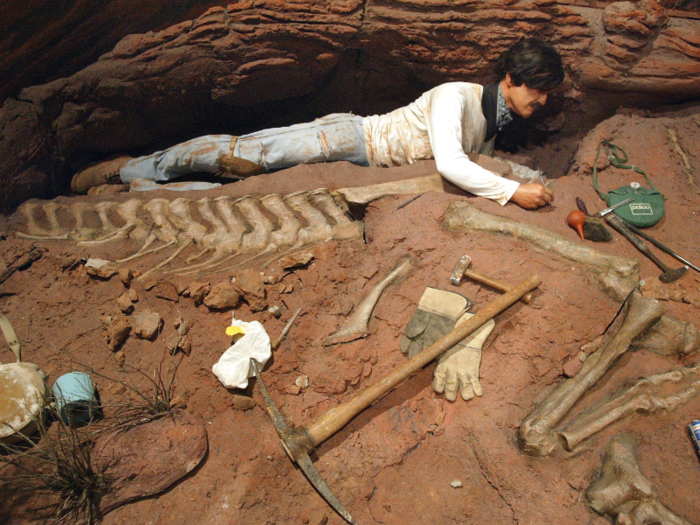
Total number of employees in the US: 17,380
What they do, according to O*NET: This job category includes geologists, paleontologists, chemists, physicists, and astronomers.
Computer and information research scientists make an average of $118,370 a year

Total number of employees in the US: 30,070
What they do, according to O*NET: Conduct research into fundamental computer and information science as theorists, designers, or inventors. Develop solutions to problems in the field of computer hardware and software.
Physicists make an average of $120,950 a year

Total number of employees in the US: 17,620
What they do, according to O*NET: Conduct research into physical phenomena, develop theories on the basis of observation and experiments, and devise methods to apply physical laws and theories.
Natural-sciences managers make an average of $123,860 a year
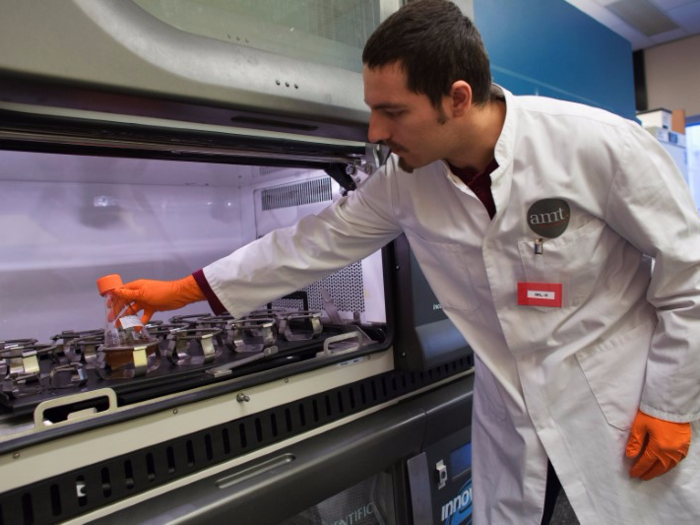
Total number of employees in the US: 60,260
What they do, according to O*NET: Plan, direct, or coordinate activities in such fields as life sciences, physical sciences, mathematics, statistics, and research and development in these fields.
Popular Right Now
Popular Keywords
Advertisement